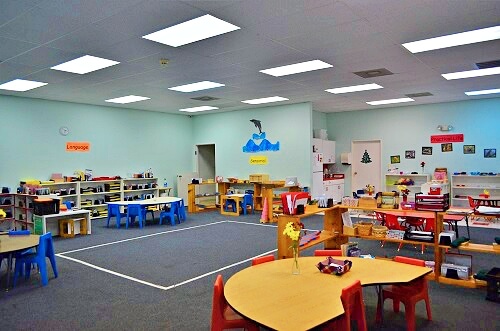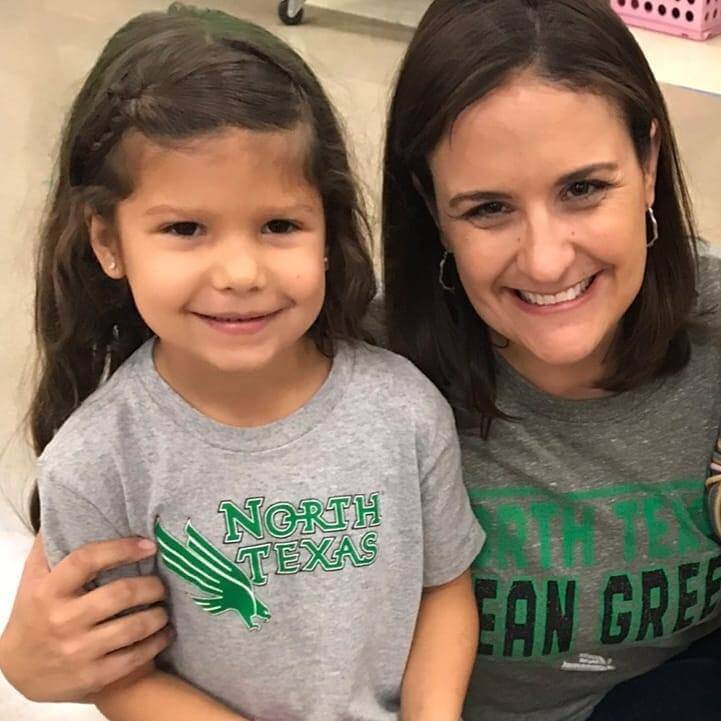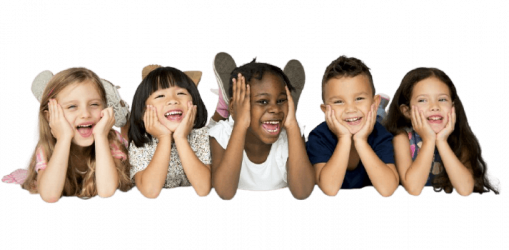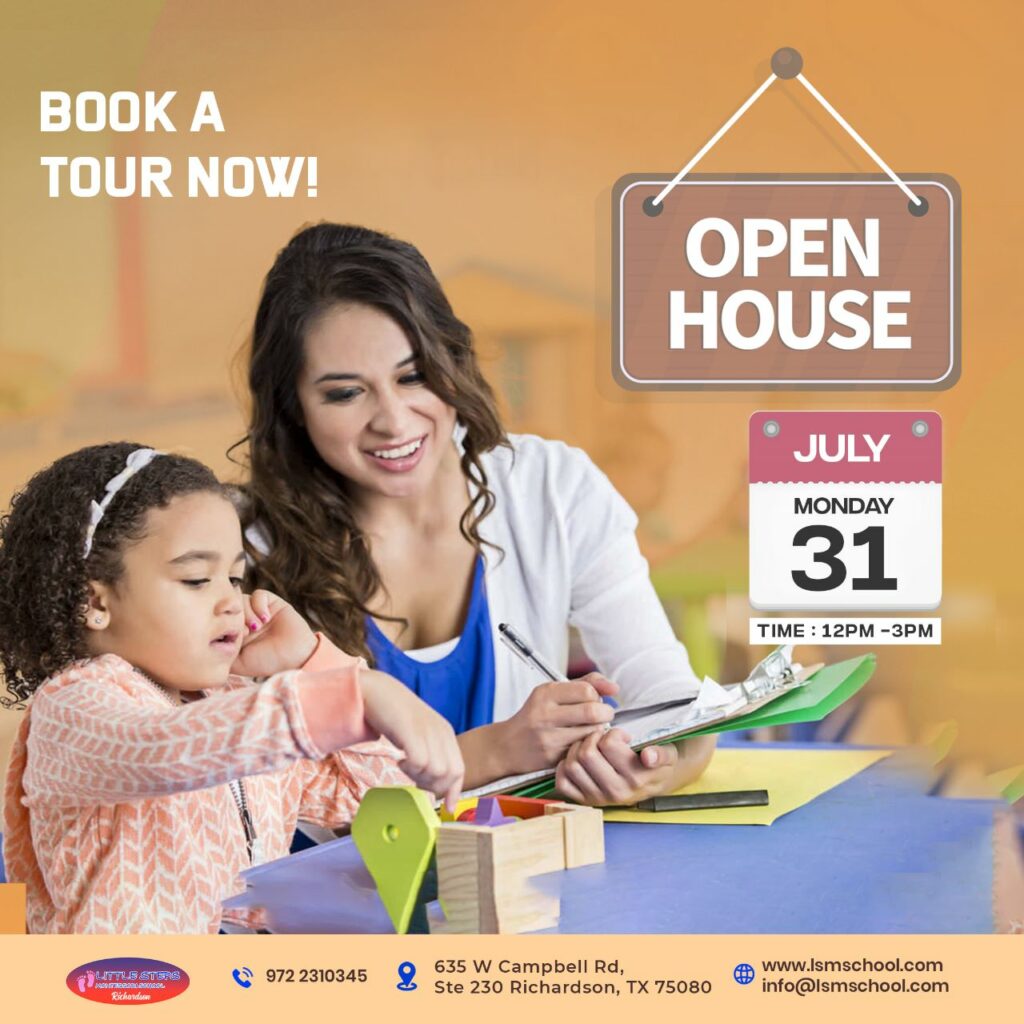PRIMARY
About Toddler Classroom
The Primary classroom, for age group three to six years old, is carefully designed for children to “learn by doing.” It is a calm, structured space constructed to meet a child’s individual needs. Here, your child experiences a blend of freedom and discipline in a space especially designed for his or her optimal development. individual learning experiences, as well as one-on-one interactions, which are integral to the Montessori Method.
As children get older, they tend to see things that adults find ordinary as very interesting and special. Practical life exercises like sorting, pouring, or washing dishes absorb them completely. Montessori learning revolves around tangible, hands-on experiences, which help to control and coordinate the mind and body.
Children use concrete materials to learn math; movable alphabet letters to explore language; and cubes, cylinders and other objects to categorize, find spatial relationships, and more. Practical learning experiences explore key subjects including:
- Sensorial
- Language Arts
- Mathematics
- History
- Geography
- Science and Nature
- Music and Movement
- Cooking and Nutrition
- Cultural Awareness
The Montessori Method helps children to discover independence, confidence, and innovation.




The Montessori Method helps children to discover independence, confidence, and innovation
parent say about little steps montessori school
4.7
From Google









